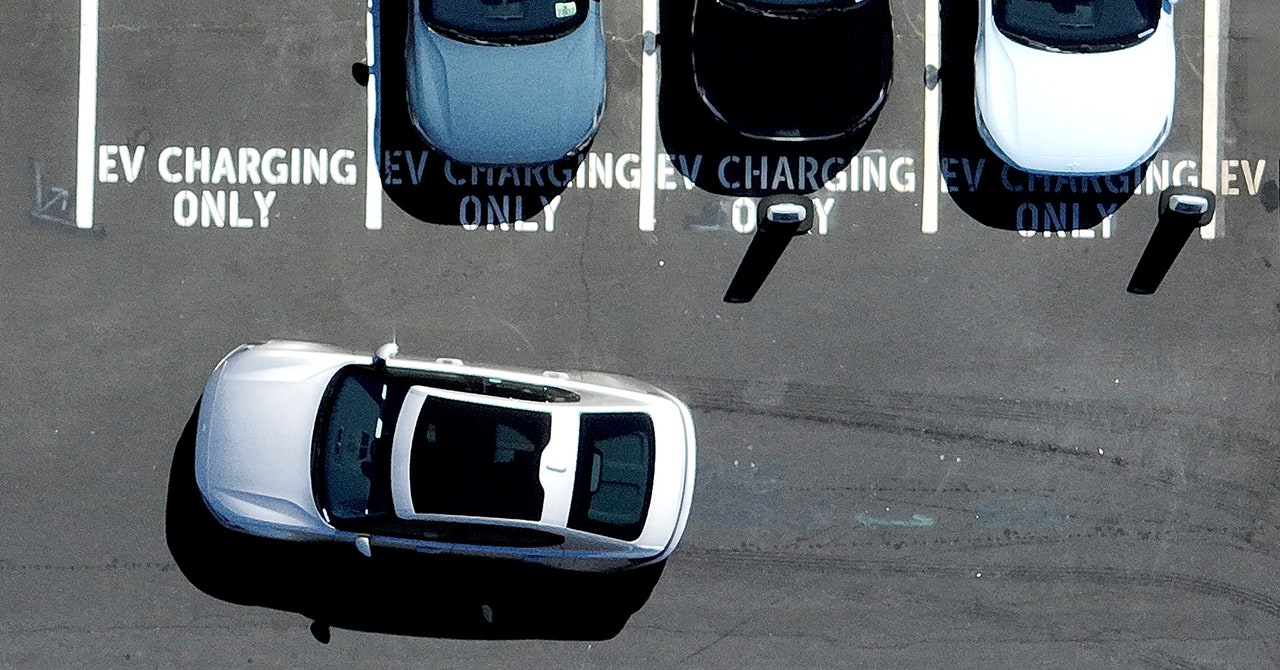
Within the US, analysts say shoppers have balked at automakers’ pricier electrical choices. Although the hole is closing, the typical electrical automobile transaction is still more expensive than the typical gas-powered one.
It doesn’t assist that 2024 started with discontinuation of the US market’s most reasonably priced EV, the $26,500 Chevy Bolt. (It’s as a consequence of make a comeback in 2025.) The trade is in a bizarre second, the place automakers aren’t making sufficient cash to launch electrics at excessive volumes and so can’t scale manufacturing to the purpose the place they’ll carry down costs. The US’s underdeveloped public charging system has additionally made EVs much less engaging to individuals who principally desire a automobile that may match into their lives proper now.
“Innovators, tech ‘early adopters,’ they’re prepared to place up with some wonkiness,” says Kristin Dziczek, a coverage adviser specializing in the automotive trade on the Federal Reserve Financial institution of Chicago. “The mass market is just not going to place up with wonkiness.”
Transferring past this 12 months’s EV points could possibly be a matter of implementing the appropriate public insurance policies. Jaeger, the researcher, has studied EV tipping points in international locations the place electrics make up a a lot better share of automobile gross sales. He says these different locations have seen their electrical adoption charges shoot up as soon as the autos are price aggressive with these powered by inner combustion engines.
Take Norway: Due to a sequence of presidency subsidies, electrical automobiles have been cheaper than gas-powered ones by 2012, when electrics have been 3 % of passenger automobile gross sales. 5 years later, in 2017, EVs accounted for 21 % of gross sales. Right this moment they’re nearly 80 %.
Within the US, a brand new model of federal automobile subsidies kicked in throughout January. However the guidelines are limiting, with the financial savings making use of solely to a small chunk of the electrical market, and the brand new guidelines haven’t decreased costs sufficient to make electrics completely aggressive with gas-powered automobiles.
Subsidies aren’t the one option to get there. Governments might additionally all-out ban gas-powered automobile gross sales by a sure date, because the European Union, Japan, and the US state of California plan to do.
Governments have roles to play within the transition, however specialists say getting extra zero-emission automobiles on the highway will even require deft and sophisticated work by world automakers. The most important producers nonetheless pumping out gas-powered automobiles must produce (and promote) sufficient of these whereas getting a complete electrical automobile trade into place. It’s an open query whether or not everybody will keep afloat. “Within the center, it’s going to be ugly,” says Dziczek.
However to a point, all this was foreseen years in the past. Dziczek appears again at any tech adoption curve—electrical energy, garments washers, microwave ovens. Consumers appear to be choosing up new merchandise and adopting new methods of dwelling extra rapidly than they ever have prior to now. However to assume that something new “has a easy pathway,” she says, “is insane.”






